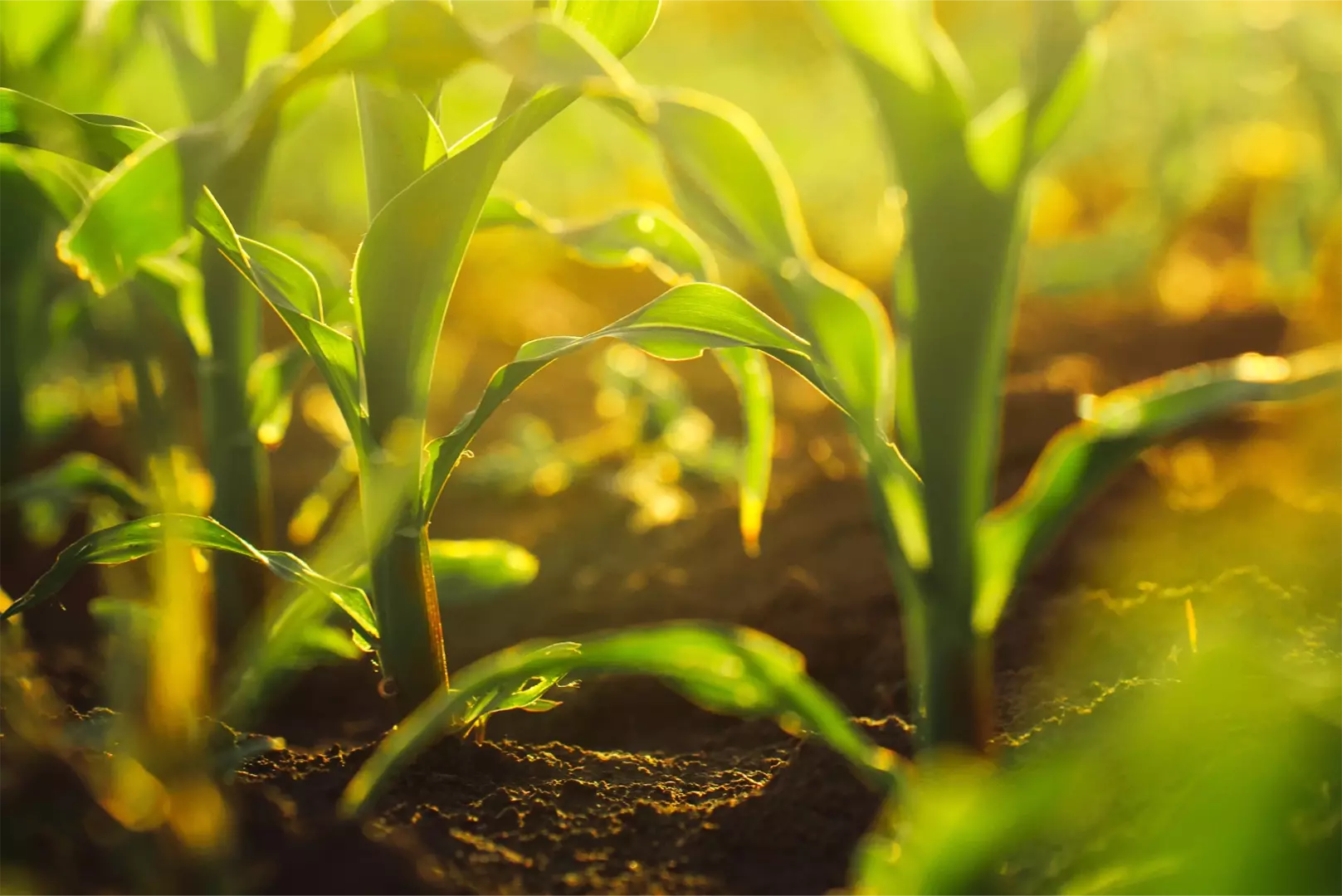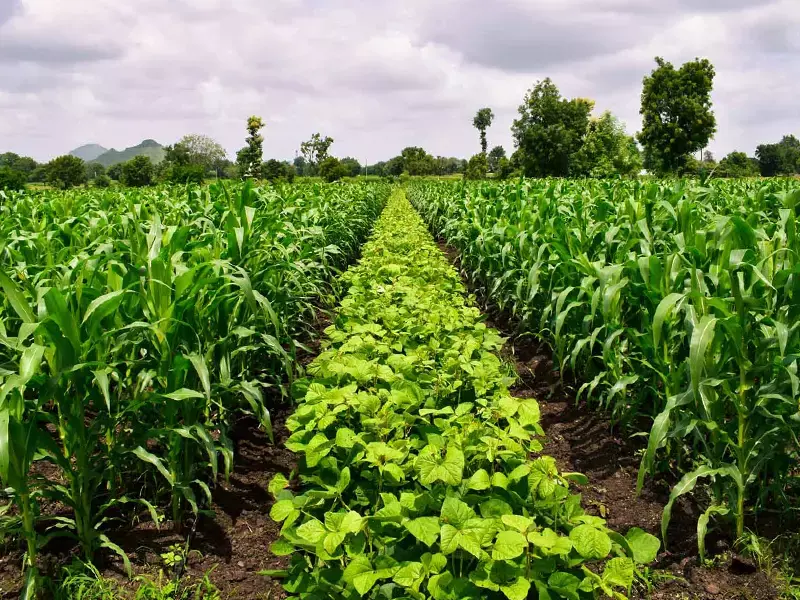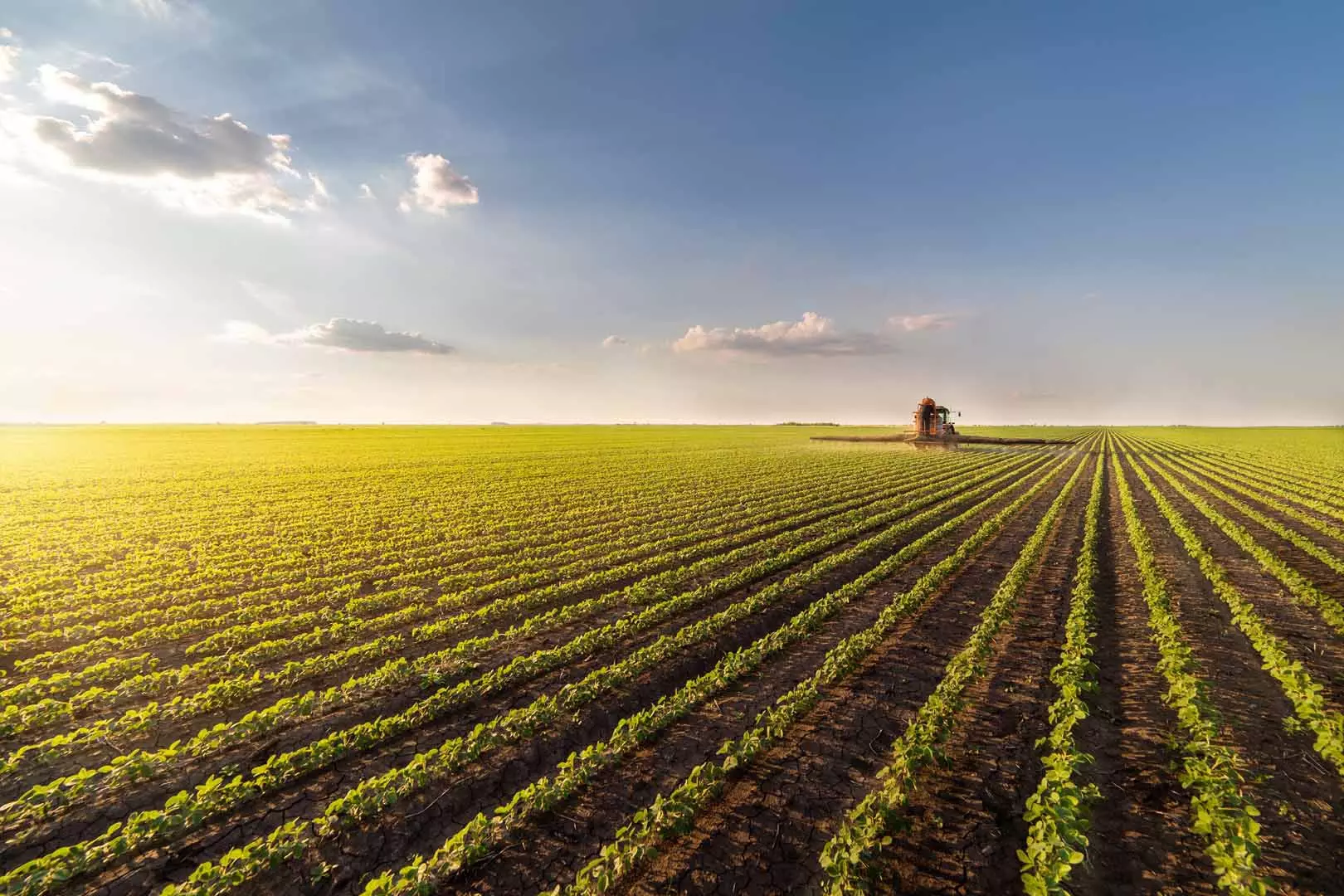Our automated acreage reporting enhances the accuracy of manual data collection by 14%
We help crop insurers with more efficient use of labor, improved accuracy, and better resource management through our automated acreage reporting services.
Ag insurance is an essential aspect of the agricultural industry, providing financial security to producers against potential crop losses due to natural disasters, pests, or other unforeseeable events. Crop hail insurance is one such policy that provides protection to producers against losses caused by hail damage to crops. Other types of agricultural insurance policies include multi-peril crop insurance, which provides protection against a range of risks that can affect crop production, such as pests, diseases, and natural disasters.
One of the most critical components of crop insurance is acreage reporting. In North America, producers must report the number of acres they plan to plant or have planted for each crop as a part of the crop insurance policy. This information is critical to calculating the indemnity payments and determining the premiums for the crop insurance policy.
Acreage reporting is the process of informing the insurance company of the total area of land on which a producer intends to plant or has planted a particular crop. In the United States, the Federal Crop Insurance Corporation (FCIC) oversees the crop insurance program and sets the guidelines for acreage reporting. Similarly, in Canada, Agriculture and Agri-Food Canada (AAFC) manages the Canadian crop insurance program, including acreage reporting requirements.
FSA Acreage Reporting Deadline
The USDA’s Farm Service Agency (FSA) is responsible for administering several federal programs, including the acreage reporting process. Each year, the FSA sets a deadline for producers to report their acreage for the upcoming crop year. The deadline varies depending on the crop, region, and type of insurance policy.
In general, the FSA acreage reporting deadline for spring-planted crops, such as corn and soybeans, is usually around mid-July. For fall-planted crops, such as wheat and barley, the deadline is typically around mid-October. However, these deadlines may vary based on the specific crop and region.
It is essential for producers to meet the FSA acreage reporting deadline to remain eligible for crop insurance and other federal programs. Failure to report acreage by the deadline can result in penalties and reduced indemnity payments. Additionally, late reporting can delay the processing of insurance claims and other program benefits.
THE PROCESS OF ACREAGE REPORTING
The acreage reporting process is not a one-time event but an ongoing requirement throughout the growing season
The acreage reporting process typically begins before the planting season when producers enroll in the crop insurance program. They must provide the insurance company with accurate and detailed information about their farming operation, including the crop types, planting dates, and the total acreage for each crop. producers must report this information accurately, as it forms the basis for the indemnity payments they will receive if their crops are damaged or lost due to insurable causes.
Producers must update their acreage reports as planting progresses and notify the insurance company of any changes to the number of acres planted or destroyed due to weather or other factors. Failure to report acreage changes promptly can result in reduced indemnity payments or policy cancellation.

THE IMPORTANCE OF ACCURATE ACREAGE REPORTING
Crop insurance policies rely on accurate and up-to-date information to calculate premiums and indemnity payments
Crop insurance policies rely on accurate and up-to-date information to calculate premiums and indemnity payments. Incorrect reporting can result in either over or under-insurance, which can lead to financial losses for producers and insurance companies. For example, over-reporting acreage can lead to over-insurance and higher premiums, while under-reporting acreage can result in under-insurance and reduced indemnity payments. Such issues can easily be resolved with advanced acreage services involving the use of technology and can enhance the acreage reporting validation for the crop insurance industry.
In addition to accurate acreage reporting, producers must also comply with other program requirements to remain eligible for crop insurance. For example, they must follow good farming practices, including planting the crop at the appropriate time, applying the recommended amount of fertilizer and pest control measures, and harvesting the crop at maturity. Failure to comply with these guidelines can result in policy cancellation or reduced indemnity payments.
Acreage reporting is also essential for crop insurance companies to manage their risk exposure effectively. Insurance companies use the information provided by producers to determine their risk exposure for each crop and region. This information helps them set premiums that are appropriate for the level of risk they are undertaking. Accurate acreage reporting also allows insurance companies to make informed decisions about the coverage they can provide, based on the level of risk involved.

ROLE OF TECHNOLOGY IN ACREAGE REPORTING
In recent years, advances in technology have made the acreage reporting process more efficient and accurate
Many insurance companies now offer online reporting tools that allow producers to submit their acreage reports electronically. These tools for ag monitoring can help reduce errors and improve the speed of the reporting process.
Additionally, satellite imagery in agriculture and other remote sensing technologies such as synthetic aperture radar (SAR) are now widely used to verify the accuracy of acreage reports and identify any discrepancies. SAR can also improve risk management strategies by providing insurance companies with detailed information on crop yields, damage, and growth throughout the growing season. This information can be used to adjust premiums, manage risk exposure, and develop more accurate insurance products.
Remote sensing technology can provide highly accurate measurements of fields by detecting changes in the terrain’s elevation. It can measure the height of crops, identify different crop types, and detect field boundaries. This information can be used to calculate the total acreage for each crop and verify the accuracy of the producer’s acreage reports.
In the North American crop insurance industry, technology has played a crucial role in streamlining the acreage services as well as the claims processes involving the ability for flood detection, saving the crop insurers’ time and money.



